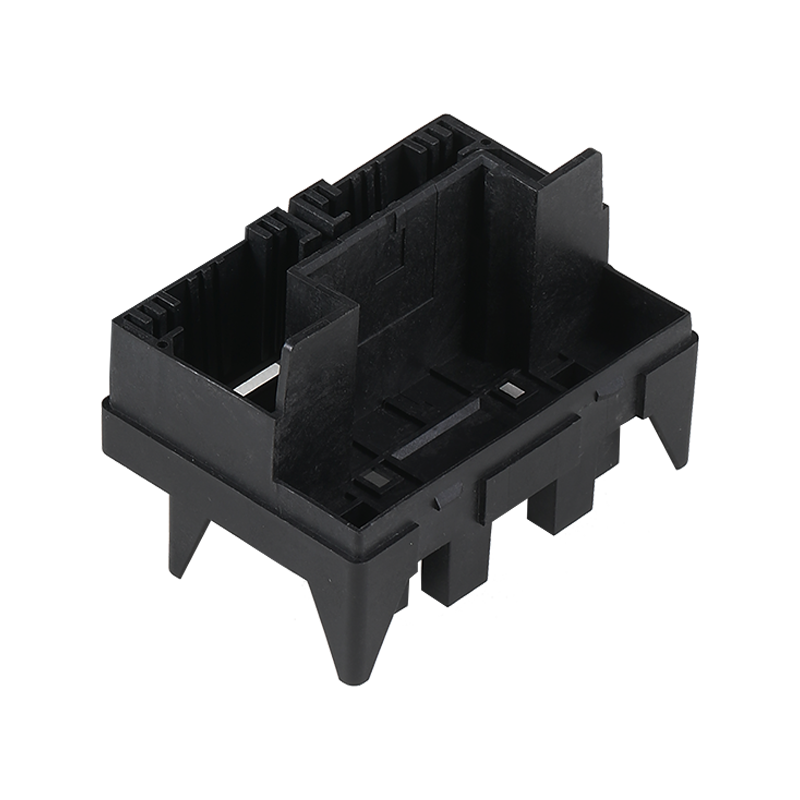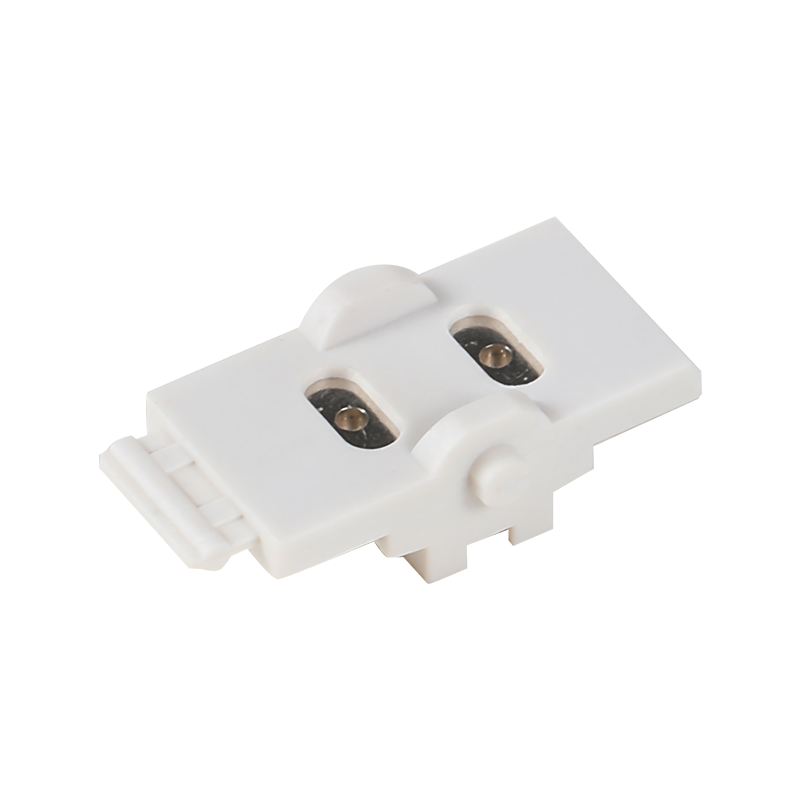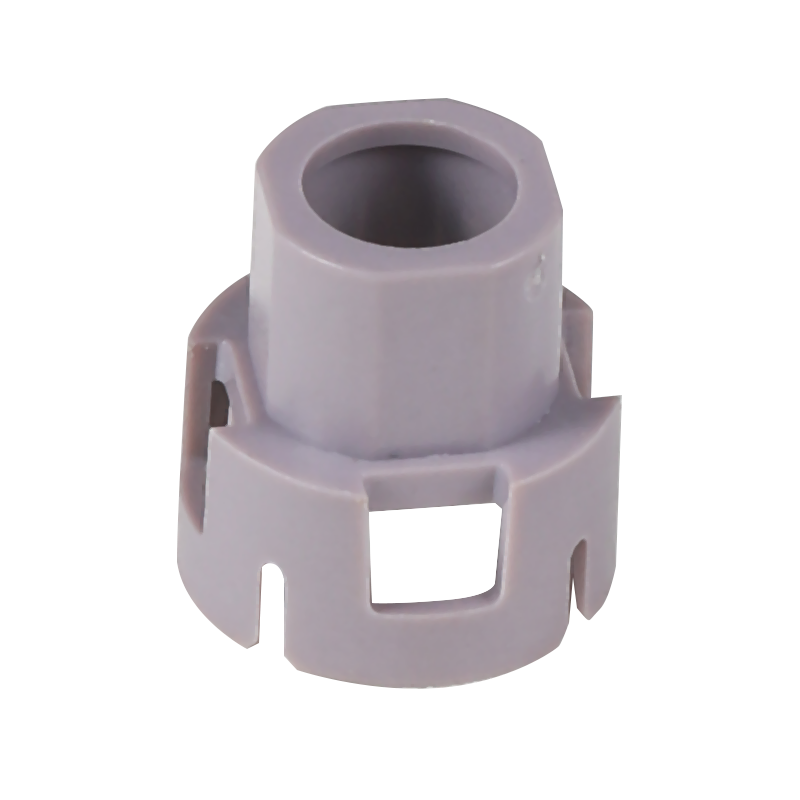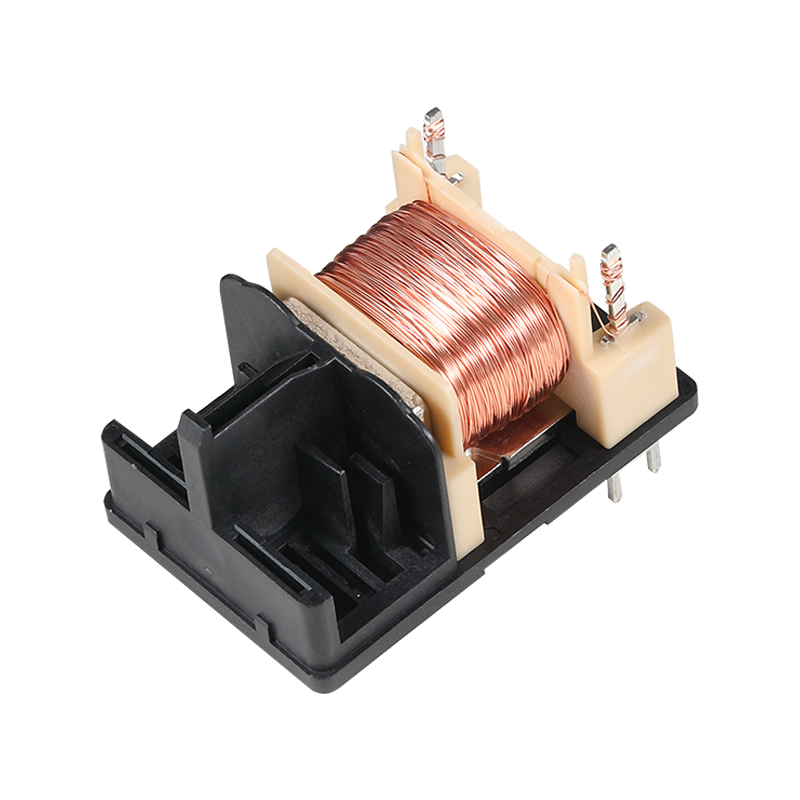
The manufacturing industry is undergoing a quiet transformation as precision injection molding technologies achieve exceptional levels of accuracy, enabling the mass production of plastic components with tolerances measured in single-digit microns. This advanced manufacturing process is breaking barriers across multiple industries, from life-saving medical devices to cutting-edge consumer electronics, by making highly complex miniature parts commercially viable at scale.
Recent breakthroughs in precision injection molding have successfully addressed traditional manufacturing limitations through synergistic advancements in three critical areas: material science, process control, and tooling design. Modern systems now maintain exceptional temperature stability within ±0.5°C and control injection pressures with remarkable 0.5% consistency across thousands of consecutive shots. Such extraordinary precision facilitates the production of medical components like microfluidic diagnostic chips featuring intricate channel networks with widths under 100 microns - dimensions comparable to a human hair. The technology equally excels in optical applications, producing lenses with surface finishes that rival traditionally polished glass at a fraction of the cost.
The electronics sector has experienced particularly dramatic transformations through these capabilities. Precision injection molding now routinely manufactures connector housings for high-density circuit boards requiring sub-millimeter pin spacing precision, along with ultra-thin casings for next-generation wearable devices where wall thicknesses must remain under 0.3mm. Automotive applications have similarly benefited, especially in fuel system components where absolute dimensional stability across millions of operational cycles is essential for maintaining leak-proof seals under bad conditions.
Underpinning these achievements is the development of specialized engineering thermoplastics exhibiting ultra-low shrinkage rates and exceptionally predictable flow characteristics. These advanced materials work in concert with innovative mold designs featuring conformal cooling channels and micro-machined surfaces to maintain precise geometries despite the inherent stresses of the molding process. The integration of real-time monitoring systems utilizing laser measurement technology and AI-driven process adjustments has further elevated quality consistency to exceptional levels.
What truly sets precision injection molding apart from alternative manufacturing methods is its unique combination of microscopic accuracy and mass production economics. While additive manufacturing technologies like 3D printing can produce similar prototype parts, molded components achieve production rates thousands of times faster at a per-unit cost that often represents just a fraction of alternative methods. This powerful combination has made the technology indispensable for consumer products where both precision and affordability are non-negotiable requirements.
The medical device industry provides compelling examples of the technology's transformative potential. Manufacturers now produce complex surgical instruments with moving parts molded as single components, eliminating assembly steps while improving reliability. Dental applications include clear aligner molds with sub-20-micron accuracy, enabling customized orthodontic treatments at scale. These advances are dramatically reducing healthcare costs while improving patient outcomes.
The rise of precision injection molding represents more than just another manufacturing option - it enables entirely new product categories and business models that were previously impossible. By making ultra-precise plastic components accessible for products ranging from life-saving medical devices to everyday consumer electronics, this technology is quietly reshaping multiple industries and improving lives worldwide. As capabilities continue advancing, the only limit appears to be the imagination of product designers and engineers.

 English
English 中文简体
中文简体 русский
русский









